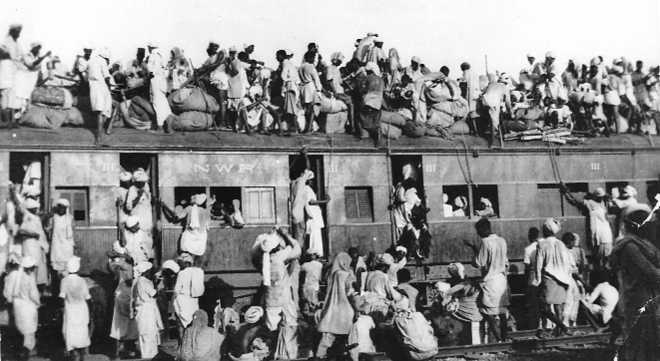
Lt-Gen K J Singh (retd)
While leaving India, the British left behind two Armies with Command HQs at Rawalpindi, Pune and Lucknow. The first challenge came in the form of large-scale riots and arson as a prelude to the impending Partition. As an emergency response, a Punjab Boundary Force and a Military Evacuation Organisation were created.
The Boundary Force became operational on August 1, 1947, under Maj Gen TW Reeves based at Lahore. It had 15 Indian and 10 Pak units with legendary officers like Brig KS Thimayya (later rose to be the Chief) from India and Brig Ayub Khan of Pakistan, who later made himself President.
The failure of this Border Force is attributed to many factors, including idiosyncrasies of Reeves, and resulted in its disbandment on September 1 and the raising of the Delhi and East Punjab Command under Lt Gen Dudley Russel on 15th September. While the Force proved inadequate, yet it did save many lives, including that of my father (14 year old then) at Adhwal village in Chakwal district, where Sikh Light Infantry evacuated them in the face of marauding rioters in the nick of time.
Both nations took over of their respective areas across the new boundary, which was unmarked on ground. The new HQ could not find suitable accommodation and was given a barrack-type hutment at the site where Sena Bhavan stands today in Delhi. Governor-General Mountbatten was more considerate and gave the old Viceregal train for mobile HQ. An initial thought was that like the Boundary Force, the Command would be a temporary requirement. The idea of train-based mobile HQ indeed was unique and a novelty.
Mobile HQ took charge of the situation to organise an orderly movement of refugees, saving lives and property. It was greatly aided due to the alignment of the railway line along Grand Trunk Road. Refugee trains were provided with special railway wagons called 'flats' mounted with machine-gun emplacements and armoured car and infantry escorts. Similar escorts were provided to road convoys, my mother, an infant, travelled in one such convoy and lost her father due to mob violence as convoys despite protection got attacked on the way.
Kabayali raids resulted in Kashmir being added to the Command's charter and re-designation as the Western Command on 20th Jan 1948 with Lt Gen KM Cariappa (later Field Marshal) as Army Commander. The legacy of mobile HQ has been enshrined in the Western Command museum in the vintage train, restored under expert supervision of the late Lt-Gen SK Sinha, who was a staff officer in this unique HQ.



























